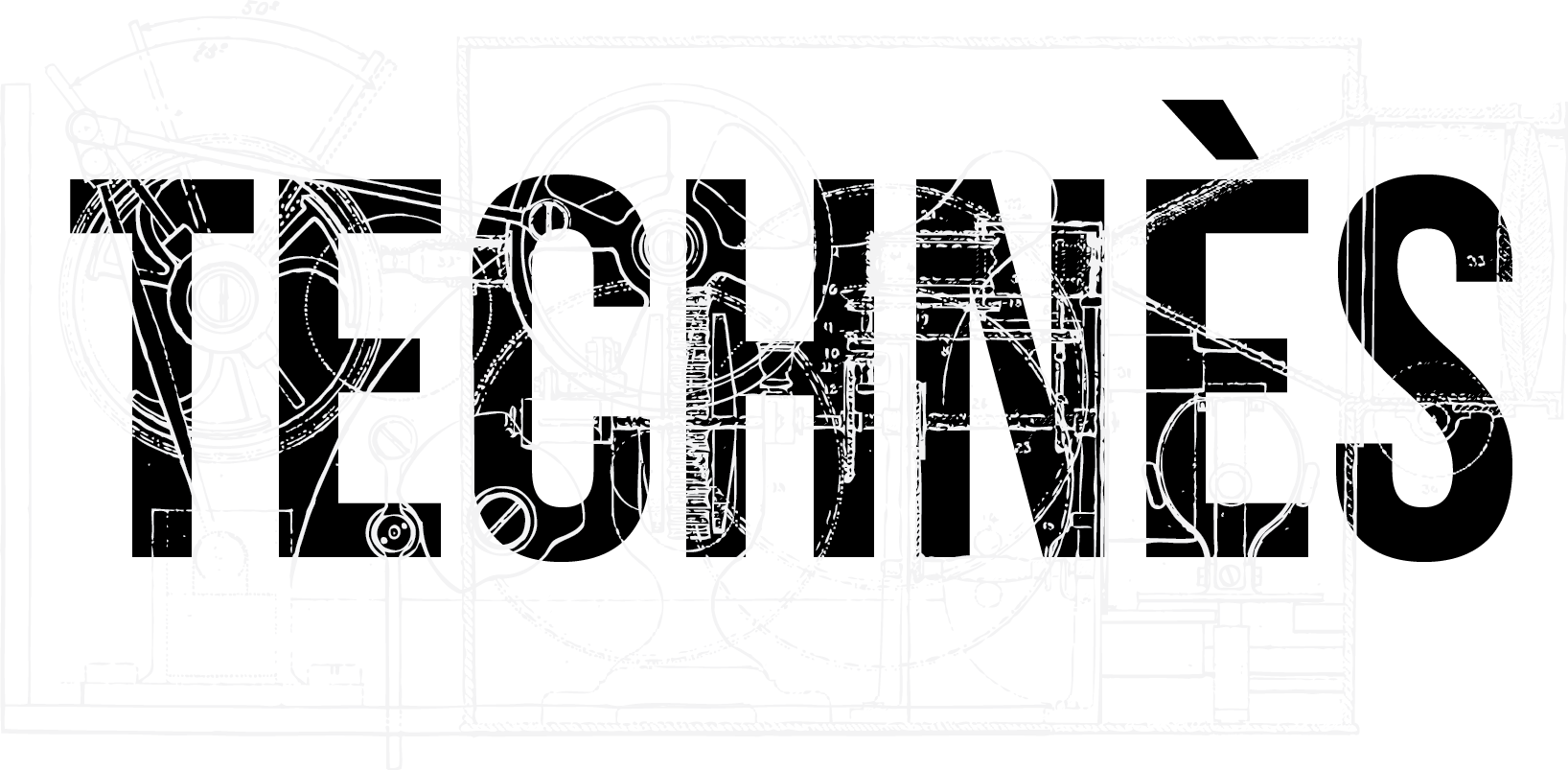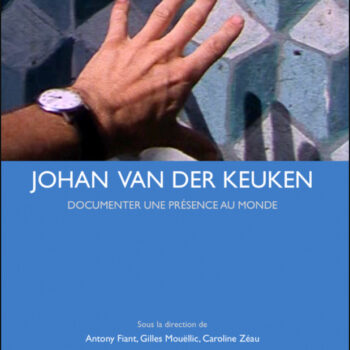
Godard / Machines
- On 13 November 2020
Antoine de Baecque and Gilles Mouëllic (ed.)
Éditions Yellow Now / 2020
Jean-Luc Godard is undoubtedly the filmmaker whose work has questioned the place of machines in the world of cinema with the most consistency and lucidity. Godard in front of the famous Steenbeck editing table, Godard in front of a video editing bench or in front of the typewriter from Histoire(s) du cinéma : many are the representations of the filmmaker as a technician handling the devices. But, beyond the photogeny of Godard as a solitary craftsman, his films seem to ceaselessly explore and question the links between cinema and machines, from the imposing Mitchell NBC camera that opens Le Mépris (1963) to the video installation by Numéro deux (1975), from the ballet of cameras mounted on cranes in front of the Passion (1982) paintings to the scrolling images of the film which punctuate the Histoire(s) du cinema (1988-1998). When, in Soigne ta droite (1987), he films the Rita Mitsouko while recording their new album, twenty years after spending three nights with the Rolling Stones at the Olympic Studio in London for One + One (1968), for Godard, it is still a question of observing musicians facing machines, undoubtedly fascinated by a form of autonomy that he himself will gradually conquer until the Livre d’image (2019), entirely produced from pre-existing images and sounds.


